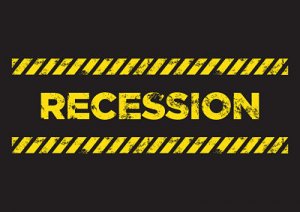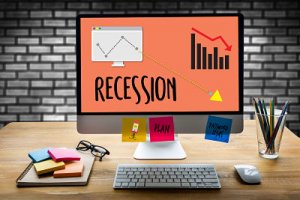In these unprecedented, challenging times of togetherness
May 27, 2020
 We have reached the saturation point for trite phrases (unprecedented, challenging) that signal to your audience that you are trying to acknowledge the fact that pandemics are not the norm. These words and phrases have been overexposed to the level that they are now like chalk on a blackboard – creating a screeching noise in our mental ear so distracting that we actually lose the point of the message.
We have reached the saturation point for trite phrases (unprecedented, challenging) that signal to your audience that you are trying to acknowledge the fact that pandemics are not the norm. These words and phrases have been overexposed to the level that they are now like chalk on a blackboard – creating a screeching noise in our mental ear so distracting that we actually lose the point of the message.
I am pretty sure there is not a human being on the planet that does not know we’re living through an unprecedented and challenging time. Which means you can skip the setup and get right to the message.
Here’s what people want to know from you now:
Are you open: If so, have your hours changed? Do you require masks or some other change in how they’re used to interacting with you? If you’re a retail establishment, are you controlling the number of people in your store at the same time? Do I get a number or do I check in somewhere? How/where do I wait?
If you’re a B2B organization, are you back in the office? Are you conducting face-to-face meetings again? Have any of the rules of engagement changed?
Are you doing business differently: Are you shipping your products in a new way? Is there a change in your payment policies? Are you keeping some of the delivery models you developed during the lockdown? Are you delivering some things virtually that you used to do in person?
Are you having issues with your products or services: Will there be delivery delays or are there certain products or services you can’t offer right now? Is there a longer than usual window for deliveries? Are you anticipating any problems with your supply chain that may impact me?
How are you staying safe and keeping me safe? Have you increased your standards or the frequency of your cleaning schedule? Are you wiping down surfaces between customers? Is your warehouse doing anything different so my items are packaged in a noncontaminated way? How are you helping other customers keep their distance and protect us from each other?
How can you help me right now? Beyond your products and services, are there any special deals or arrangements you’re offering because of the current circumstances? Different delivery models? Relaxed payment schedules? Added incentives or bonuses for buying now?
How are you? They genuinely want to know how you and your business have fared through the last few months. Are you okay? Were customers nice to you during all of this? Did you have to let go of some of your team or close a location?
Your marketing messages should be focused on what your customers and prospects actually want to know. That’s not a C19 recommendation – that’s just marketing 101. But given that everyone’s on edge and any little thing could deter them from buying at this moment – it’s even more important to be sensitive to what they really need.
But even more than that — if there was ever a time to humanize your marketing, it is now. Everyone’s emotions are raw. Everyone has suffered loss over the last few months. And everyone is gingerly stepping out, afraid of what might be waiting around the next corner.
You have an amazing opportunity to demonstrate your compassion, understanding, and commitment to your audience by stepping away from the trite phrases and communicating as authentically and empathetically as you can.
Invite them back, help them remove as much of the worry and anxiety about doing business with you that you can, and encourage them to share input and feedback.
Demonstrate that you actually are in this with them, as opposed to just using the hashtag.
This was originally published in the Des Moines Business Record, as one of Drew’s weekly columns.
More








